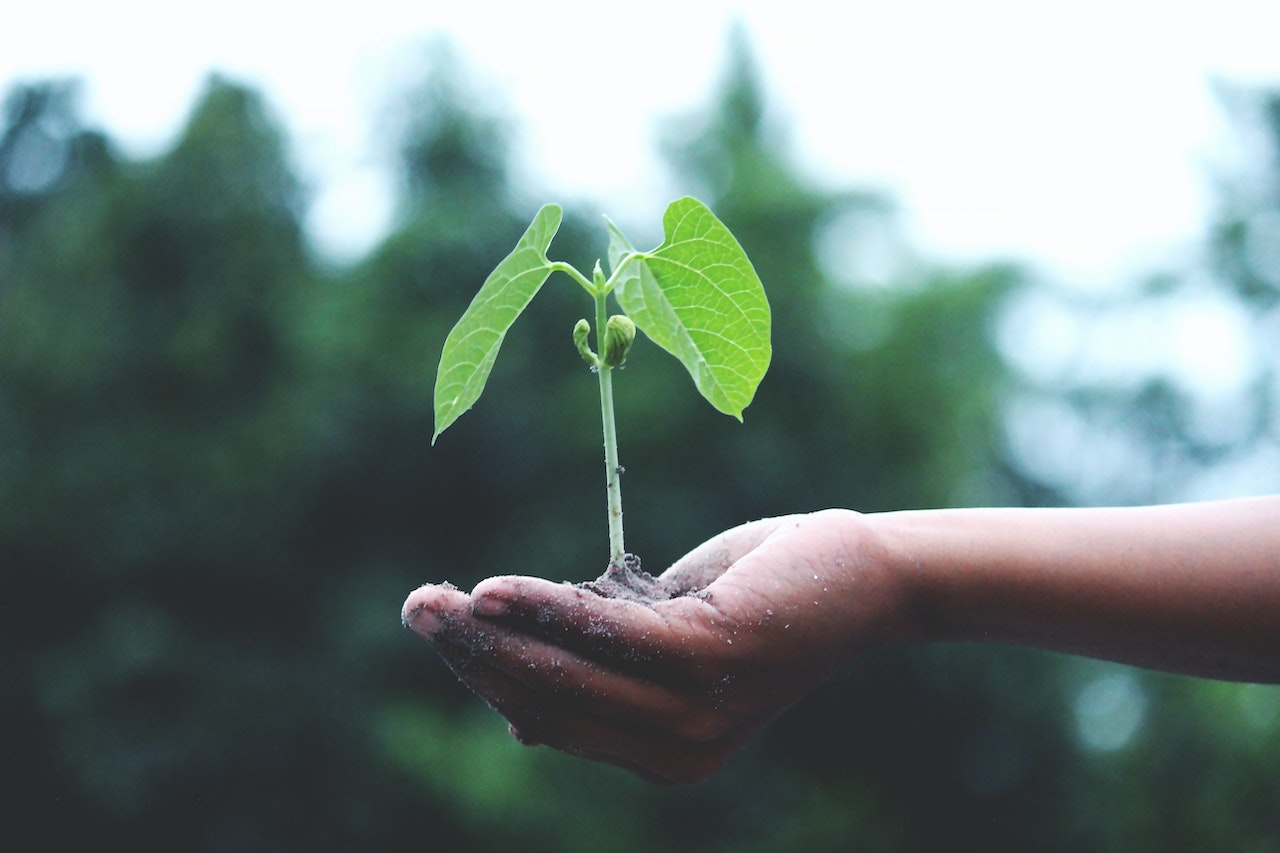This post was originally published on Sustainability Matters

Following its win in October at the Australian Water Association (AWA) Victorian Water Awards, Victorian utility South East Water has netted two more awards at this year’s Asian Water Awards, held in late 2024.
The utility’s Hydrotrak Geofencing technology received the Water Technology Excellence (Research and Development) – Australia award, as well as the Water Technology Excellence (Water Resource Management) – Australia award, at the Asian Water Awards.
Developed by South East Water’s Research and Development and Operational Technology teams, the Hydrotrak Geofencing System uses GPS location devices integrated with GIS spatial data of its network and hydrants to automatically detect the location of a vehicle when it is stopped at a hydrant for a tanker-filling operation.
The device then automatically sounds an audible alarm, prompting the driver to push the fill button, which generates billing data.
Since deploying the system in December 2022 to over 300 water carter vehicles, South East Water said it has recovered more than 65 ML of water that was previously unaccounted for, reducing both water and revenue loss.
South East Water’s General Manager of Research, Innovation and Commercialisation, Daniel Sullivan, said the solution played an important role in driving long-term water security and South East Water’s financial sustainability.
“HydroTrak helps us account for water extraction from our hydrants, providing improved financial outcomes at a time when customer affordability is a challenge,” he said.
“It resolves a common industry problem — the inability to detect and charge water carters for their hydrant use. Historically, this has resulted in significant water and revenue loss for water utilities, with these losses needing to be absorbed by customers.”
South East Water said it is working with a number of interested organisations to facilitate industry-wide adoption of the Hydrotrak Geofencing System. The utility anticipates that larger-scale adoption of the technology could provide better financial outcomes for the industry.
“Understanding water carter consumption will allow for better demand forecasting, resource planning and management. This will translate into numerous community-wide benefits like better, fairer prices for customers,” Sullivan explained.
Image credit: iStock.com/yotto





0 Comments